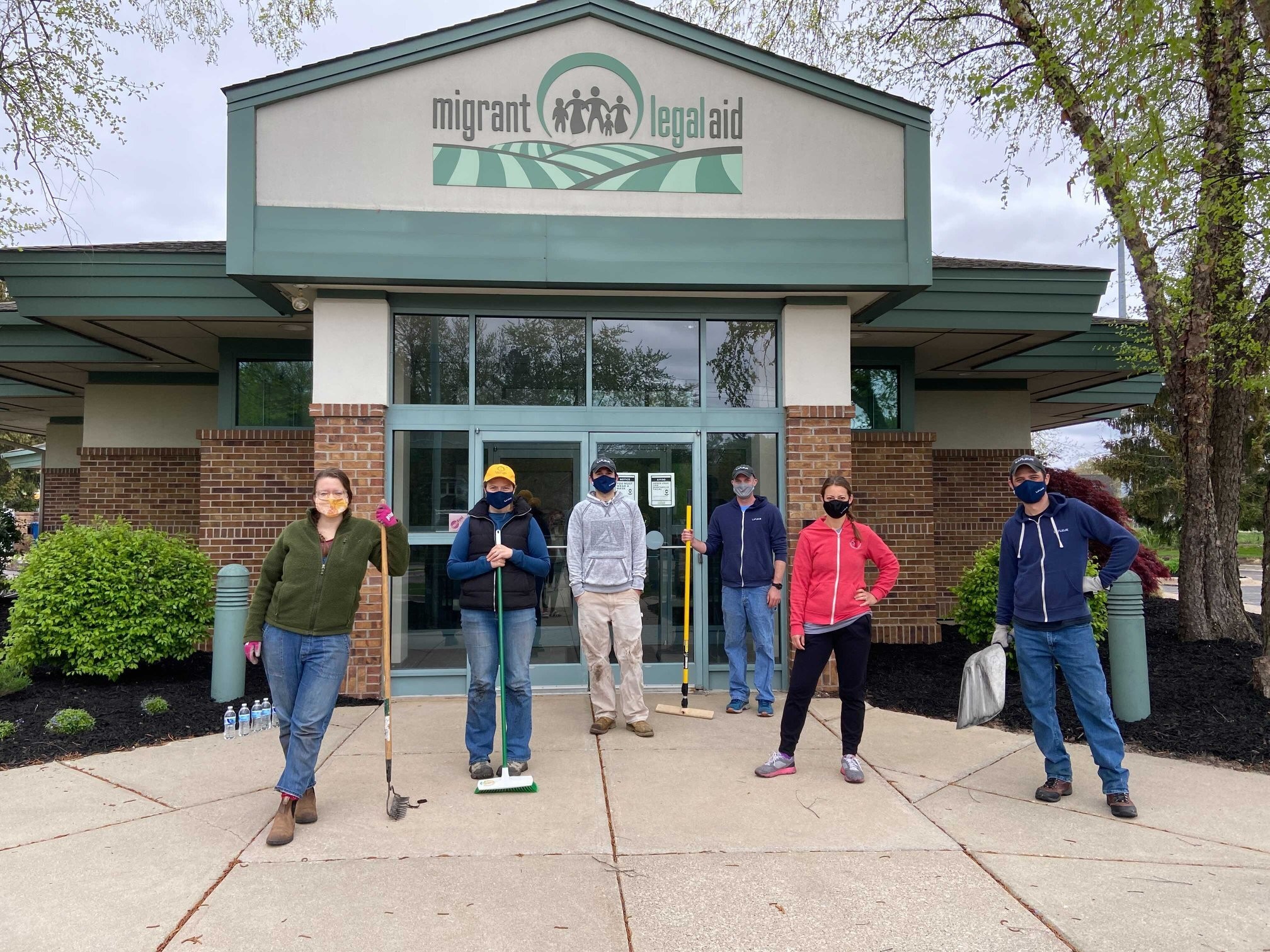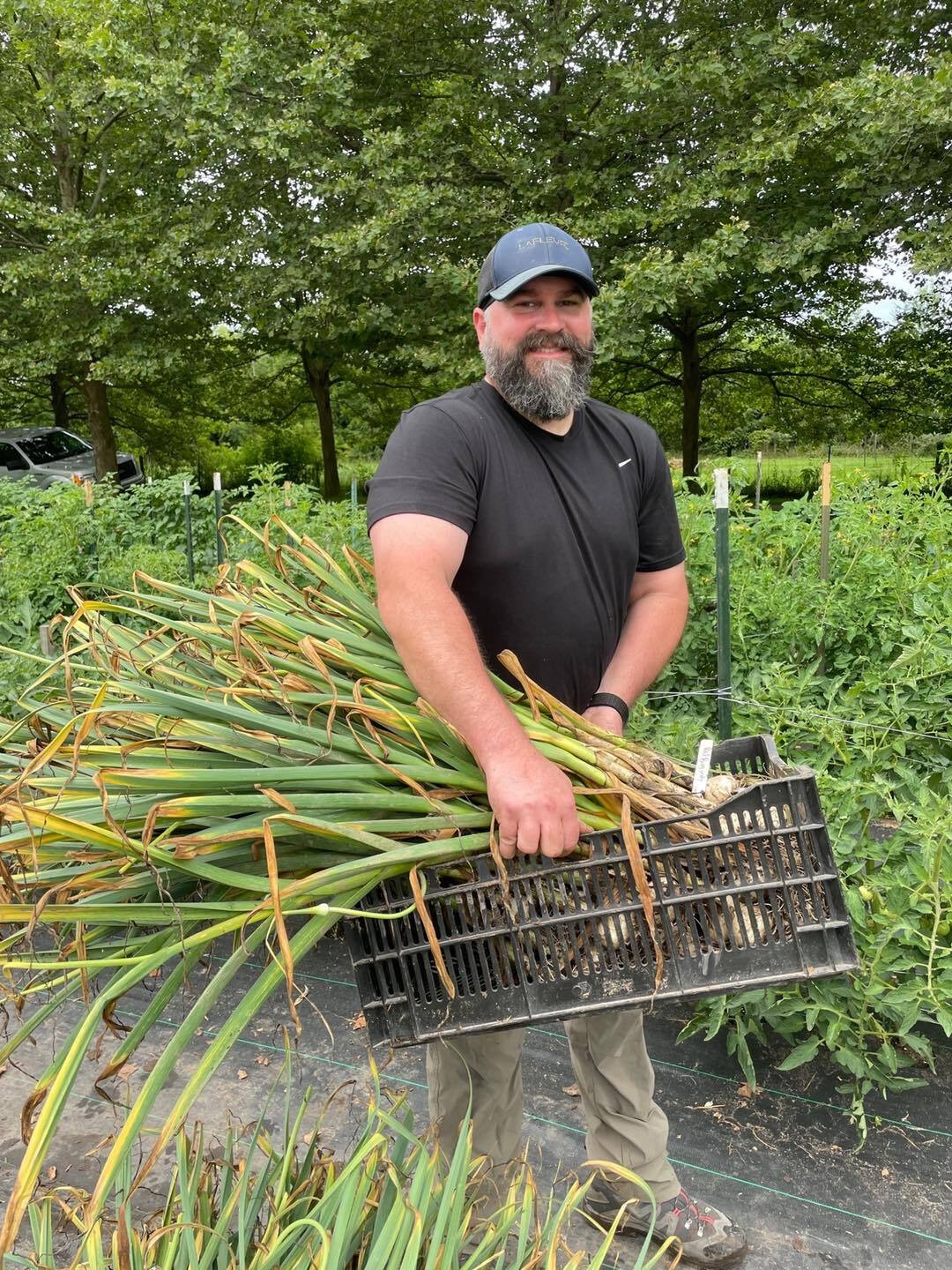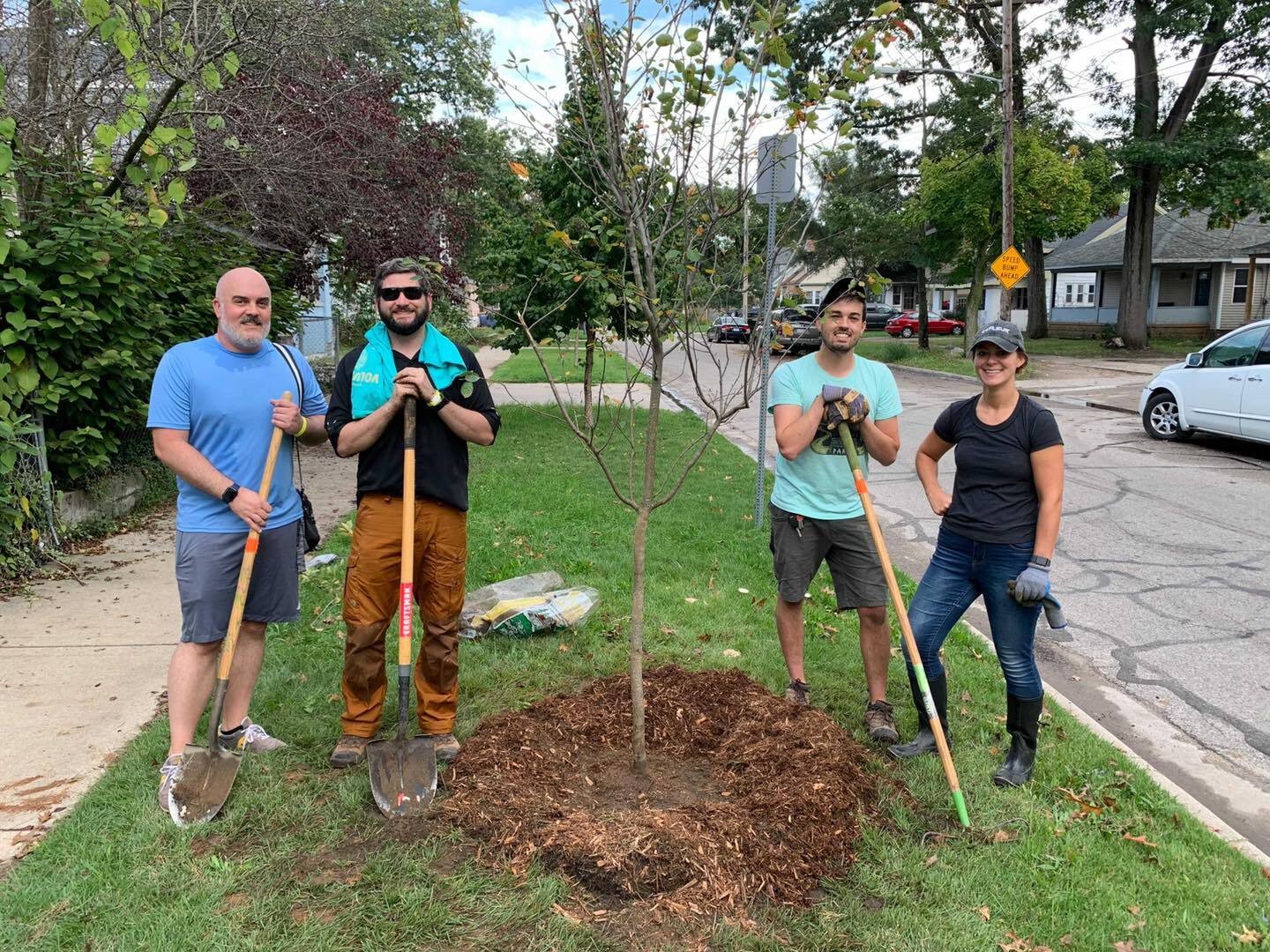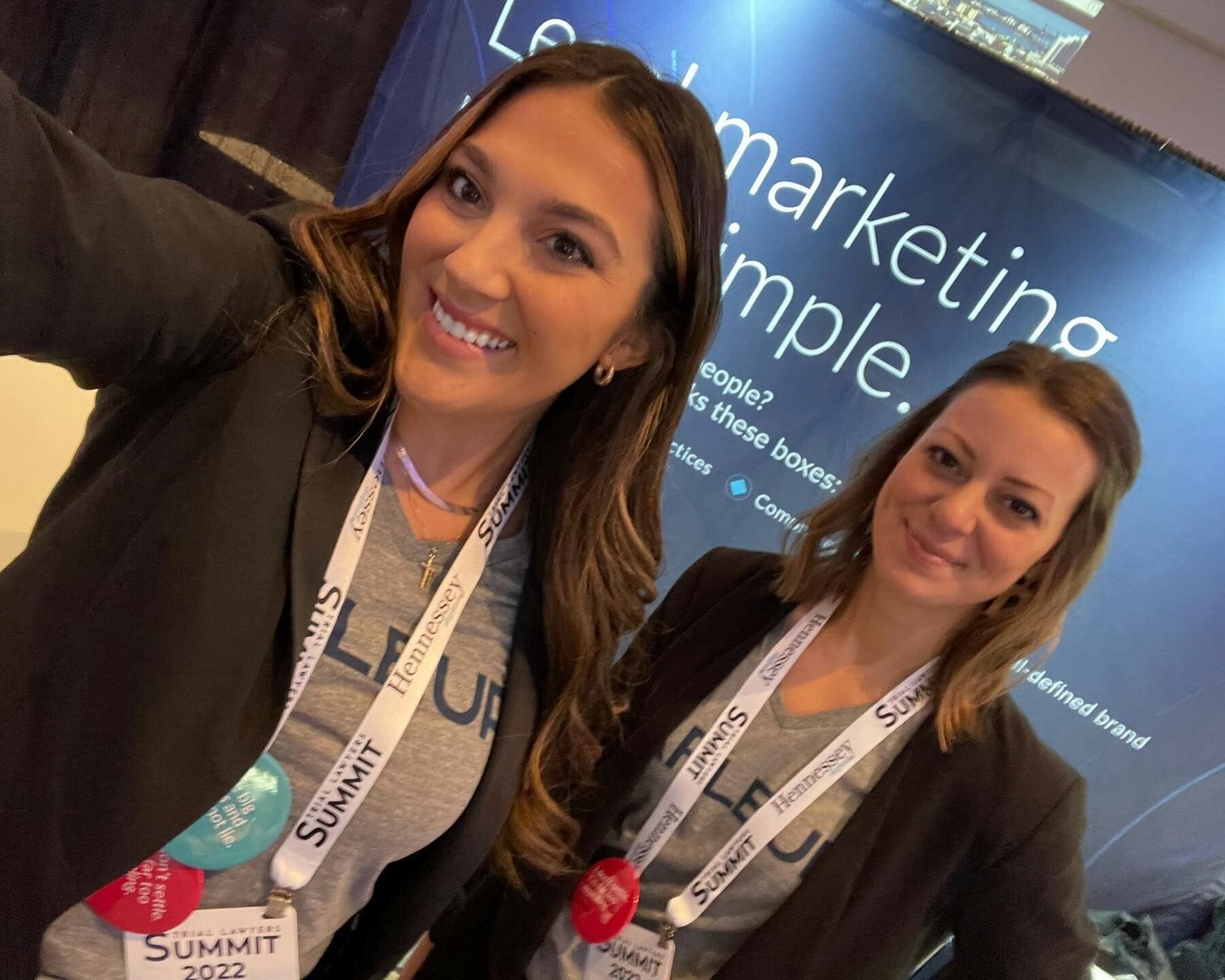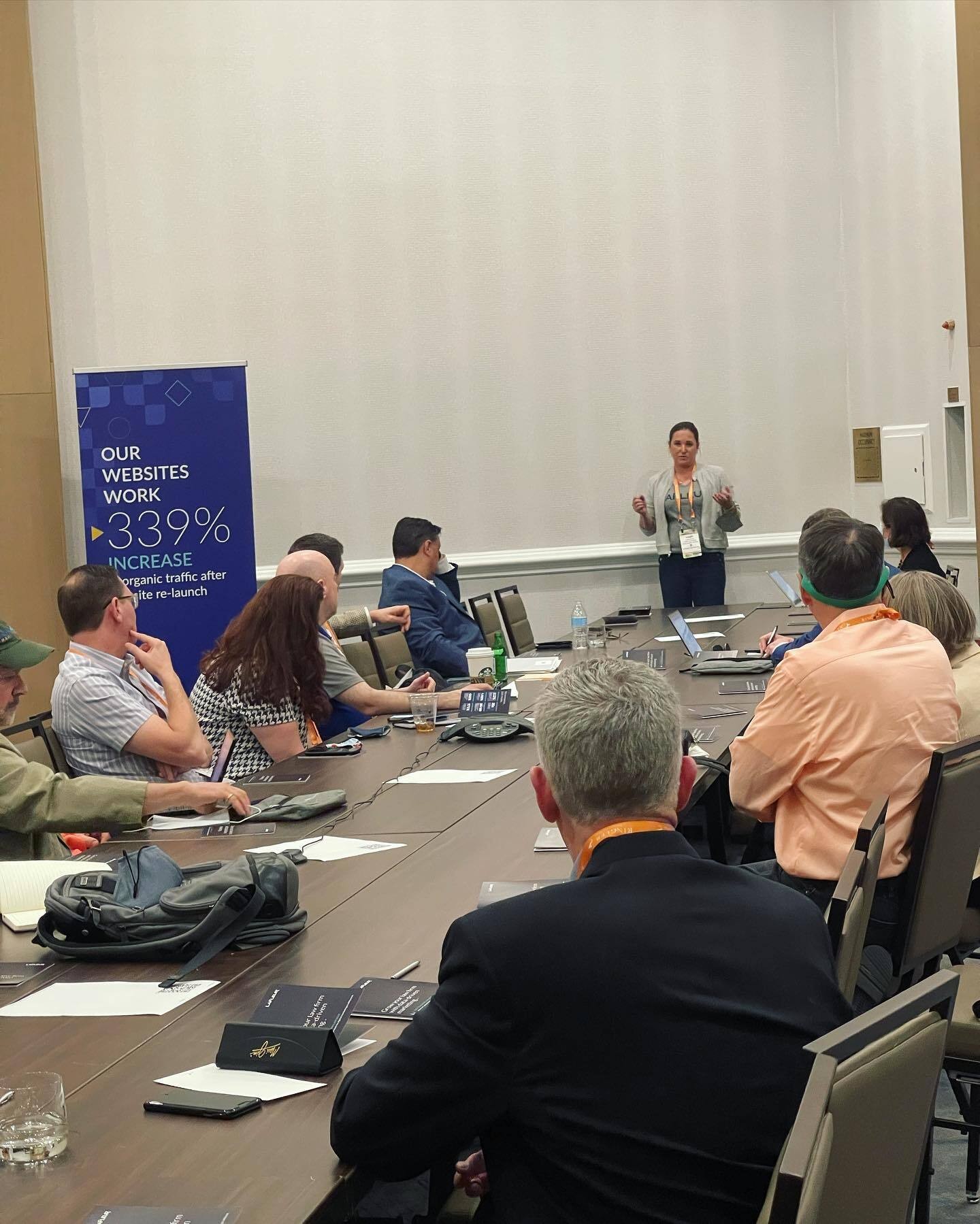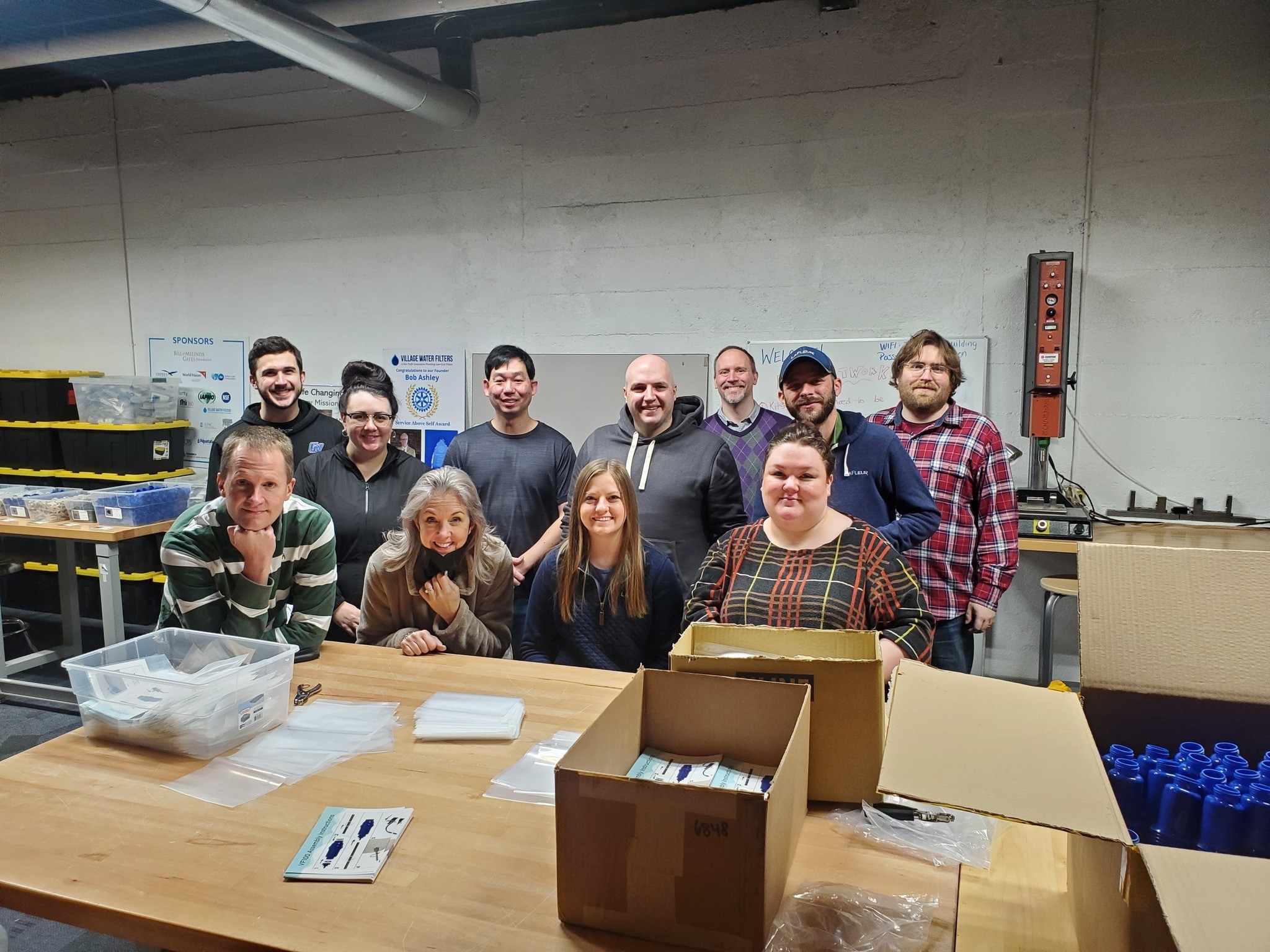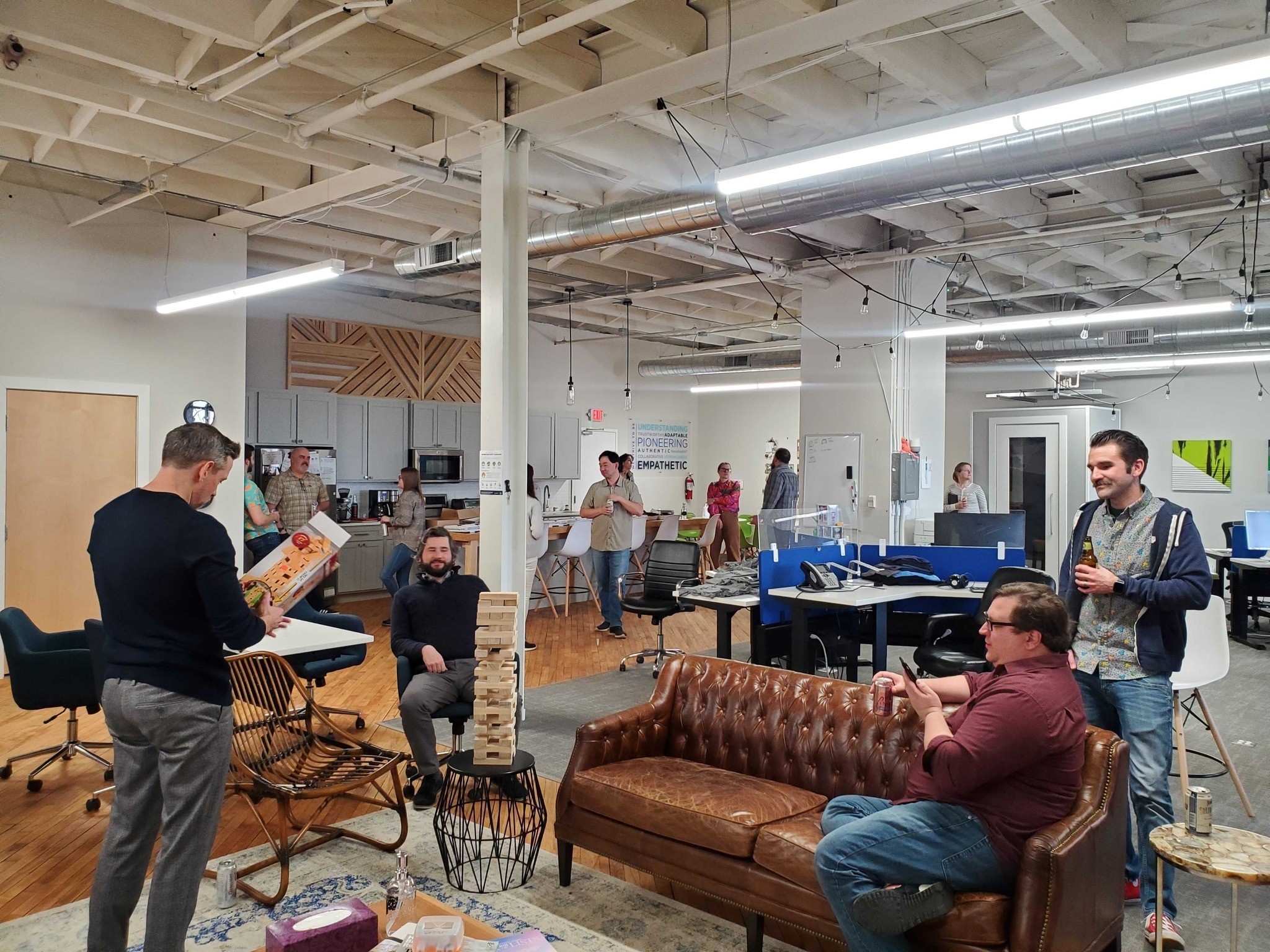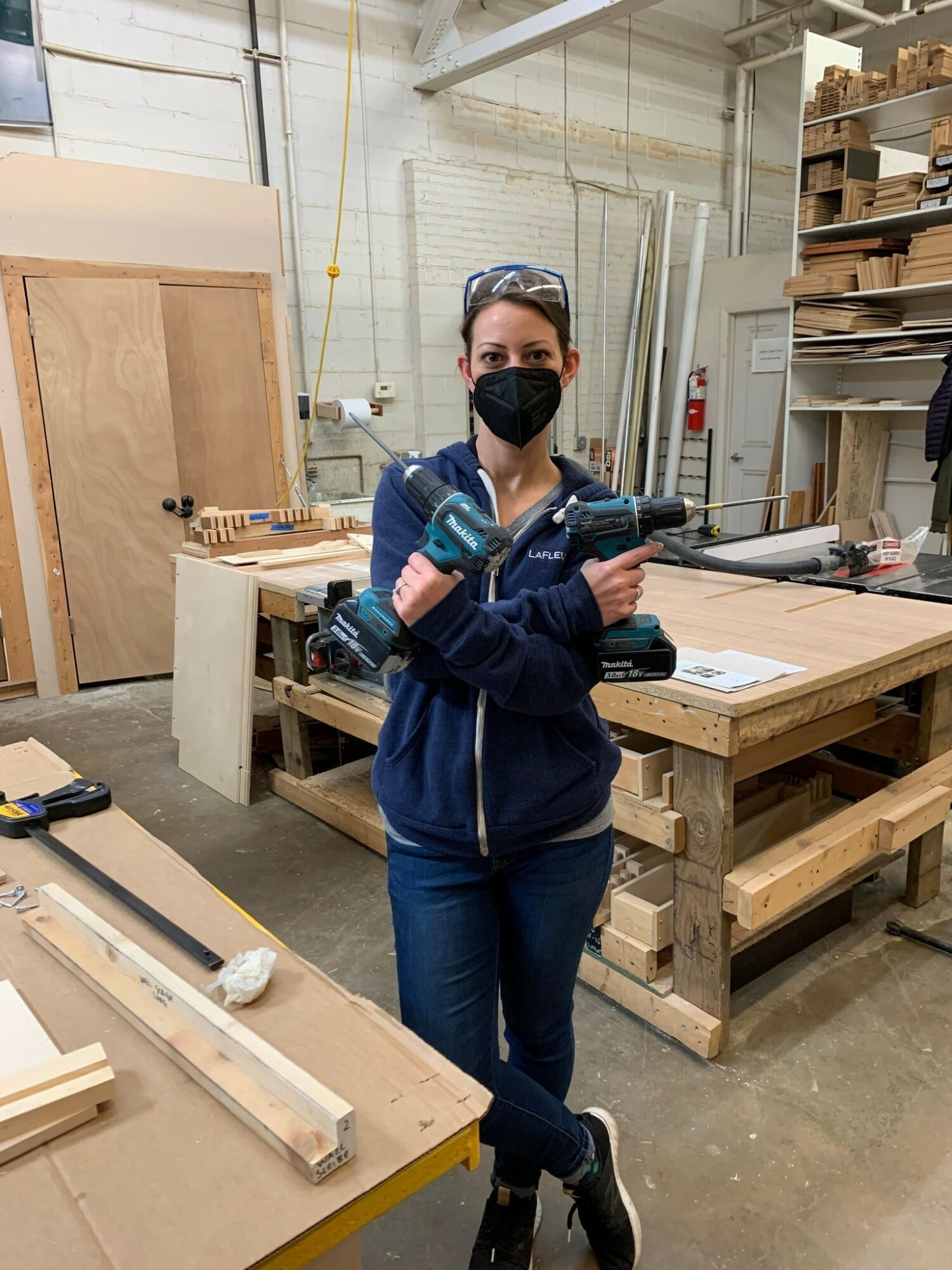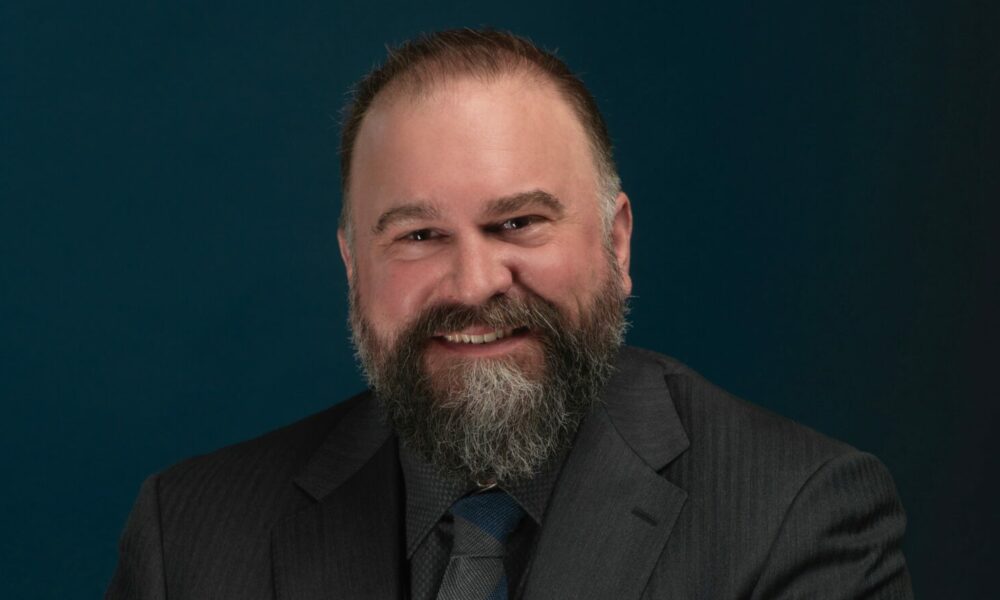

Today we’d like to introduce you to Chip LaFleur.
Hi Chip, can you start by introducing yourself? We’d love to learn more about how you got to where you are today?
I spent many years working for organizations that had one primary focus: profit. Even with that focus, it was rare to see an organization lean on evidence-based methodologies to maximize its output. When I left the agency that I was with to create LaFleur, I wanted to take a completely different, human-first approach.
That meant rethinking a lot of traditional structures set around the purpose of the organization, including our management structure. As we’ve grown, we had to remain adaptable – a 30-40-person team operates differently than a 5-10-person team. And as our team adapted to the size and structure necessary to sustain our business, we’ve remained hyper-focused on the “Why” behind our work and the structures we have in place.
To be a human-centered organization takes a different approach toward knowledge sharing. In our case, that means committing to radical transparency, both internally and externally. The people who work here and the people we work with can see what they’re getting and why they’re getting it. And that applies to roles in the organization, salaries/compensation, and deliverables.
What I believe is that when people are treated as humans first, and employees second, we can find ways to maximize their potential through support alongside them, instead of by driving and pushing from above. The result of that approach is the success seen in the work product we create as well as the relationships we build with members of our team and our clients.
Can you talk to us a bit about the challenges and lessons you’ve learned along the way? Looking back would you say it’s been easy or smooth in retrospect?
Growing a business from one employee to almost 40 is always going to have its challenges. For us, one of the bigger challenges we’ve faced has been understanding and adapting our organizational structure with growth. My goal has always been to keep LaFleur as flat an organization as possible. As we grew, though, we started to introduce more and more traditional management structures to manage that growth and maintain a quality of work that we could be proud of.
Once we started walking down that more traditional structure, I found that we couldn’t provide people with the trust-based environment I set out to create. As I worked on addressing this and bringing us back to the organization I had envisioned, we also experienced some leadership changes within the agency. Changes like that can easily be stressful but they also open opportunities.
Those changes allowed us to revisit our structure and recreate a human-centered, team of teams approach that aligns much more closely with my original vision. While the change we’re in the midst of now is still challenging, I’m excited about our journey and destination. That excitement seems to be present throughout the rest of the team as well, and I’m confident we can continue to build the type of organization I’ve set out to create.
Thanks for sharing that. So, maybe next you can tell us a bit more about your work?
LaFleur is a full-service digital marketing agency and we have worked with local, regional, and national brands all over the country. I believe that we’ve delivered outstanding work across all sorts of mediums for our clients.
What I’m most proud of, though, is our commitment to and alignment with our values as an organization. We commit to excellence, invest in what matters, value relationships, and act in good faith. When I see our team act in accordance with these values, that is the moment I feel like I’ve found success.
Our values inform every deliverable, whether that’s a blog post we’re writing, a new website we’re building, or a complete go-to-market strategy. So, when I see people on our team taking ownership of those values, that’s the moment I feel truly proud of what we’ve been able to create.
Can you talk to us about how you think about risk?
Running a business requires a certain comfort level with taking on risk. We’ve certainly taken on and approached engagements with varying levels of risk involved. An example is investing in tools and technology, especially when we’re looking to change the way we approach solving a problem with a specific tool or process. This requires an ongoing risk vs. benefit analysis, since choosing to retain a system can carry risk in the same way that changing systems may introduce it.
We’re taking risks around our project management/professional services tool in that we completely revisited our approach to projects within our system. To introduce an increased level of transparency and accountability, we’ve pivoted from being largely driven by Asana and are now shifting to Scoro, which is more of a professional services automation tool.
Another area of risk involves custom software development. We’ve looked through existing tools on the market, found them lacking, and have undertaken the development of new tools for performance tracking and accountability, for both internal use and our clients to lean on. Development of these tools has been challenging and there were some missteps taken in the process. While those missteps can be expensive, they ultimately dictate the direction of the project and its eventual outcome.
Contact Info:
- Email: info@lafleur.marketing
- Website: https://lafleur.marketing
- Instagram: https://www.instagram.com/lafleurmktg/
- Facebook: https://www.facebook.com/lafleurmarketing
- Twitter: https://twitter.com/lafleurmktg
- Youtube: https://www.youtube.com/channel/UCnaLCvkTsdQgPbpaeqRax0w
